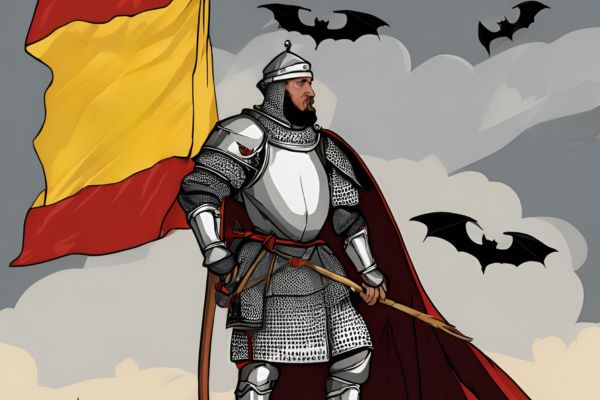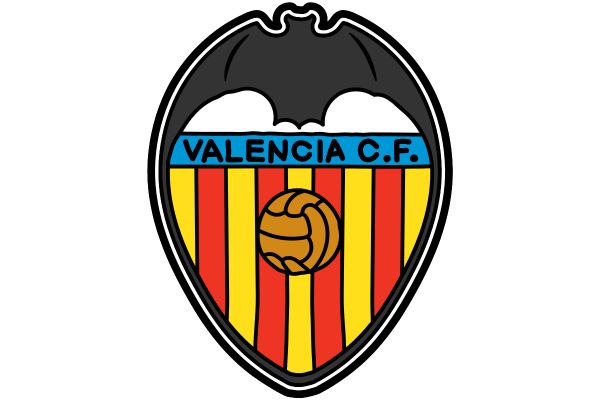As dusk settled one evening in 1238, King James I of Aragon stood outside his war tent, preparing for a decisive battle to retake Valencia from Moorish control. According to legend, a bat fluttered down and landed on the top of his tent. Some say he wanted it killed; others claim he spared it. That night, the bat stirred again—just in time to wake the king and warn him of a surprise attack. The raid was repelled, and the bat became a symbol of good fortune.

Whether fact or folklore, that small moment gave rise to a powerful symbol. Over time, the bat appeared on Valencia’s coat of arms and eventually became part of the identity of its football club.
A Symbol with History

The bat was officially adopted by the city in the 17th century, though similar imagery had already been used across the Crown of Aragón. For Valencia, it stuck—and when the football club was founded, incorporating the city’s emblem made sense. It wasn’t just a logo. It was local pride, and it came with a story.
From Crest to Culture

Today, the bat features prominently on Valencia CF’s badge. You’ll spot it across the Mestalla Stadium—from the seats to the dressing rooms—and on shirts worn by generations of players and fans.
The club doesn’t lean on myth alone. The bat has become a quiet but unmistakable symbol of identity. Fans embrace it, opponents recognize it, and its place in football iconography is secure.
Mestalla: Home of the Bat
The Mestalla Stadium has been Valencia’s home since 1923. With its steep stands and intense atmosphere, it’s one of the most intimidating grounds in Spain. The bat isn’t just a design detail—it’s woven into the experience. A tour of Mestalla will reveal how deeply the symbol runs through the club’s history.
A Unique Emblem in World Football
Few football clubs feature animals as unique as a bat on their crest. For Valencia, it isn’t about the creature itself—it’s about what it represents: a link to the city’s past, a moment of myth, and a symbol that has endured for centuries.
